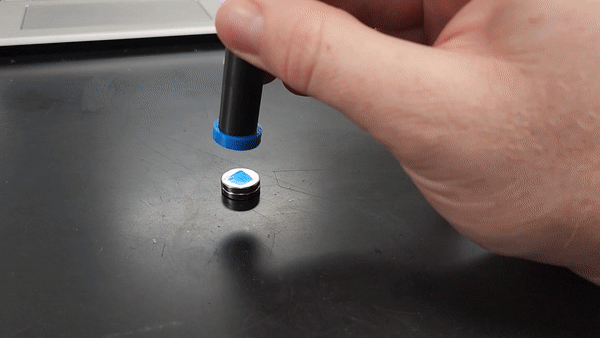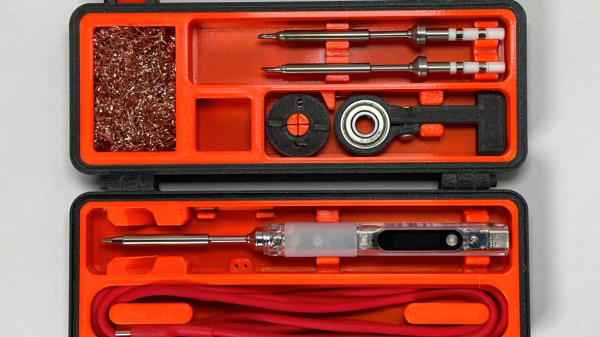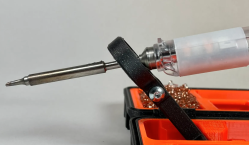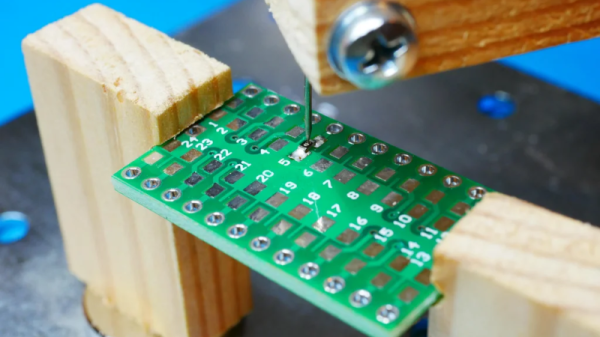I’m sure we can all agree that the worst time to find out a magnet is the wrong way around is after glue has been applied. With that in mind, [erick.siders] created the parametric Magnet Placer tool.
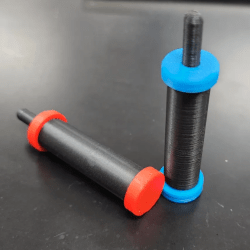
Picking up and placing magnets into assemblies can be an error-prone process, because magnet polarity cannot be directly identified or sensed by either sight or fingertips. This tool helps by acting a lot like a suction pickup tool — press the plunger down, and a magnet can be picked up, release the plunger, and the magnet lets go. Simple, and effective.
Since the tool is polarity-dependent (depending on which orientation the pickup magnet is mounted into the internal plunger), [erick.siders] suggests printing two tools and color-coding them. That way, one can choose the right tool based on the situation and be confident that the magnets are right-side-up, every time.
The tools use a long metric bolt, a magnet, and a spring, but none of those parts are particularly critical. We also love the way that the end result has no gaps or openings into the moving parts, which means nothing can get caught on or inside anything during use or storage.
It’s a parametric design and the CAD files (in both Fusion 360 and STEP flavors) are provided, so modification should be a breeze. And if you happen to be using PrusaSlicer, remember you can now drop STEP format files directly in for slicing.

